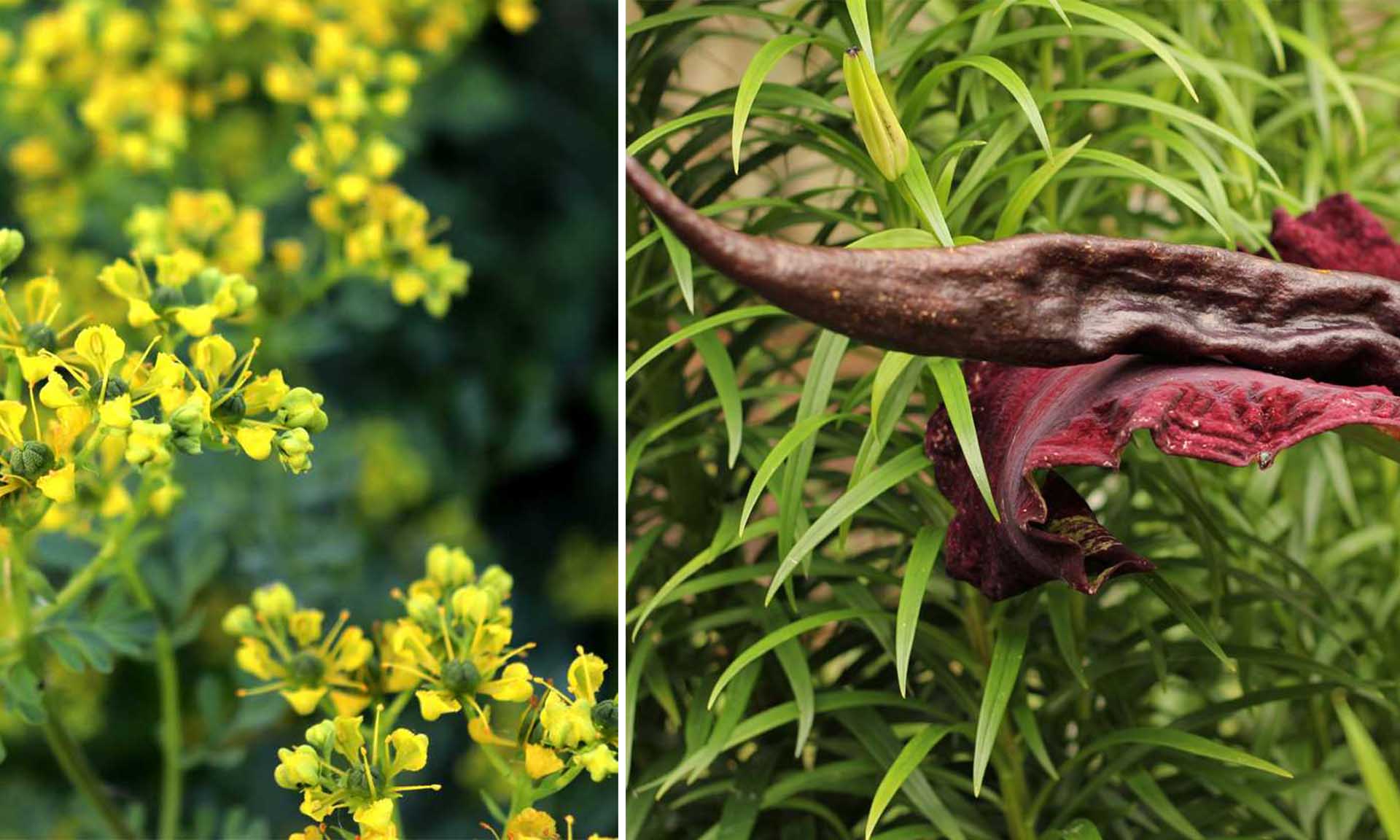
Why do some plants stink?
You must know that all plants synthesize odorous molecules either to defend themselves or to attract pollinating insects. There are more than 20,000 odorous molecules and each plant, depending on its genus, species, variety, environment, pollinator to attract, etc., combines different molecules to create a particular smell.
Even when we think a plant doesn’t smell, that’s not true. It actually has an odor that we do not perceive, but that certain insects smell. In short, for pollination:
- plants with a pleasant smell attract foraging insects;
- the plants that seem odorless to us are those that are pollinated by wind, water and certain birds;
- Stinky plants attract flies and beetles.
Plants known for their bad smell
Fetid hellebore

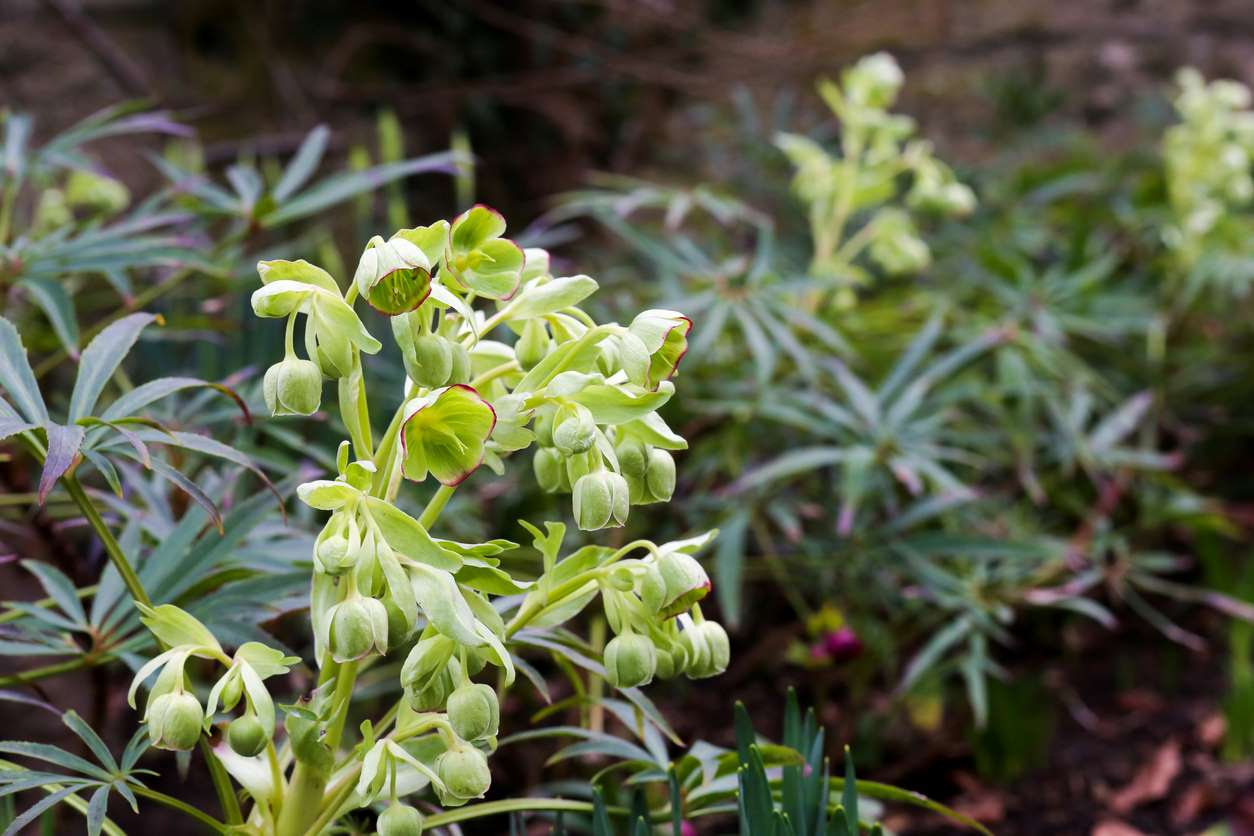
Hellebore is a genus of plants that has many varieties appreciated for their winter flowering. Among these many varieties, the famous Christmas rose, but also the foul hellebore, also called “griffin foot”, which stands out for its unpleasant odor.
Unfortunately, this very decorative plant with its large stems on which pale green bell-shaped flowers bloom with a purple border diffuses a scent that is off-putting. In fact, if you crush its foliage, you will smell a smell of hot tar. The foul hellebore can, despite everything, find a place in your garden, provided you leave it alone.
Spotted Arum

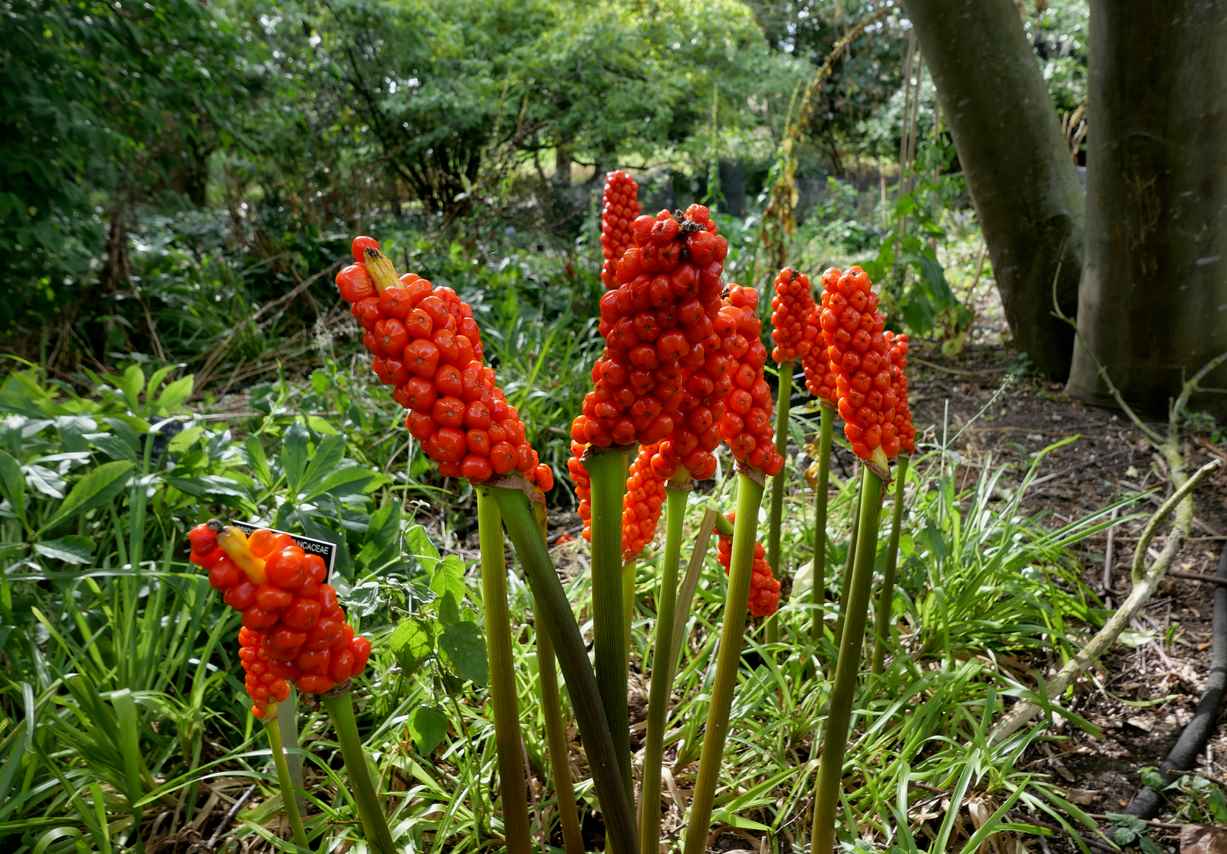
This very beautiful herbaceous plant, which grows naturally in the woods, must be approached with caution. Indeed, she is very toxic, but it also gives off an unpleasant smell. Indeed, to attract insects at the time of pollination, its large yellowish green husks give off an odor reminiscent of excrement and death.
The insects attracted by this fragrance land on the plant which holds them captive throughout the night before releasing them to disperse the pollen. A somewhat unique process!
ginkgo biloba

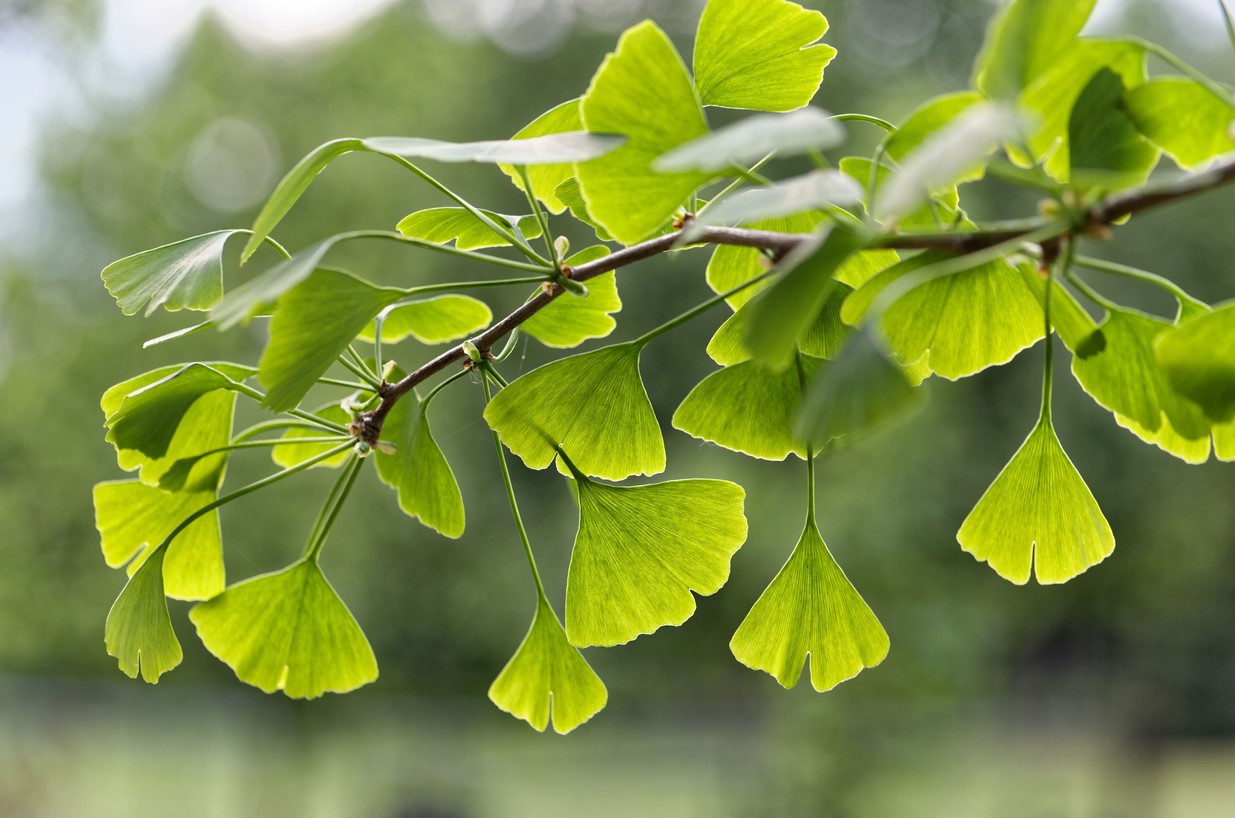
More commonly known as the “forty crown tree”, this tree is generally admired for the superb yellow hue that its fan-shaped foliage takes on in autumn. It then brings an incomparable touch of luminosity to the garden which welcomes it.
The other side of the coin is that adults give off an unsavory odor since it is reminiscent of vomit, but only when the fruits ripenbecause they are the ones that contain this “perfume”.
In defense of ginkgo biloba, let’s say that you have to wait 20 to 25 years before this tree bears fruit, so until then…
Foul street

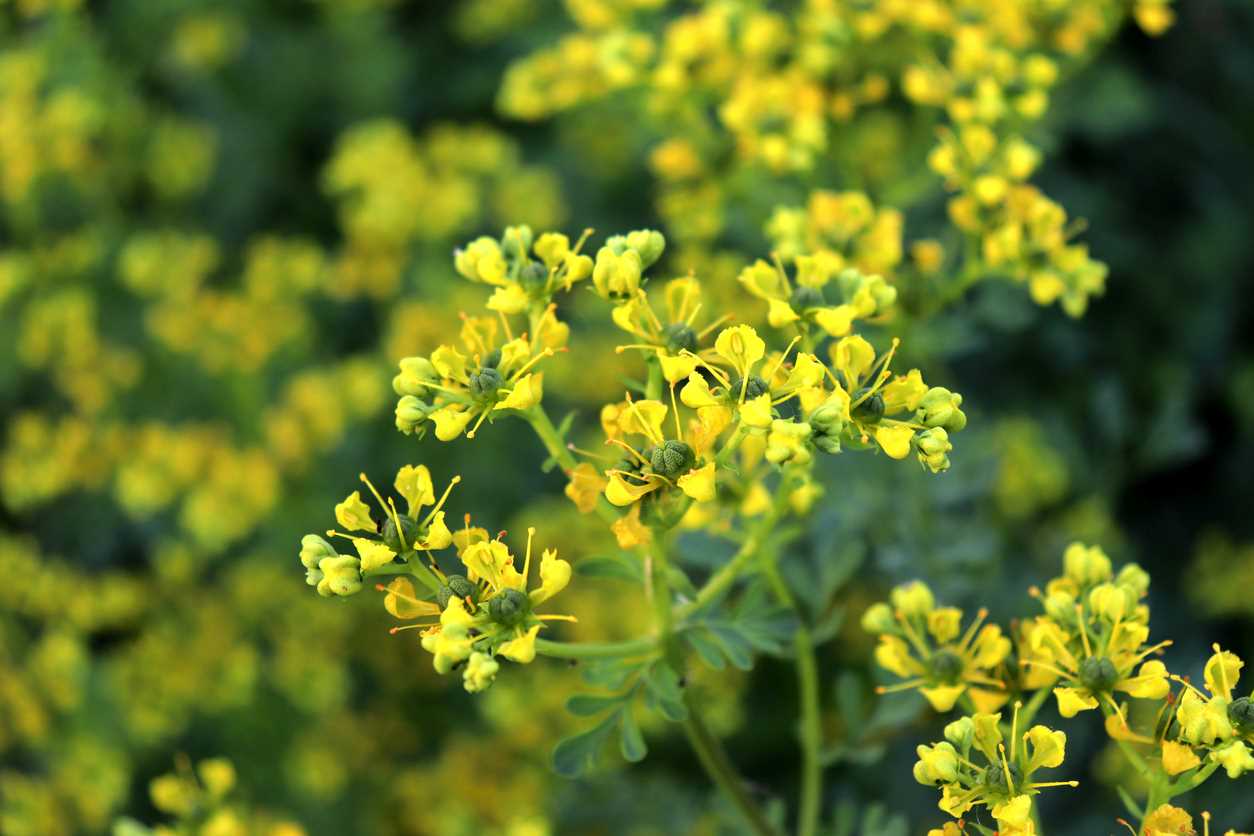
Also called “stinking rue”, this medicinal and aromatic plant gives off a strong odor that can bother some noses. It is a hardy plant that can reach 70 cm in all directions. In summer, it is covered with sulfur yellow flowers which highlight its beautiful blue-green foliage. If we don’t like its smell, it also repels insects, cats and snakes.
Foul Iris

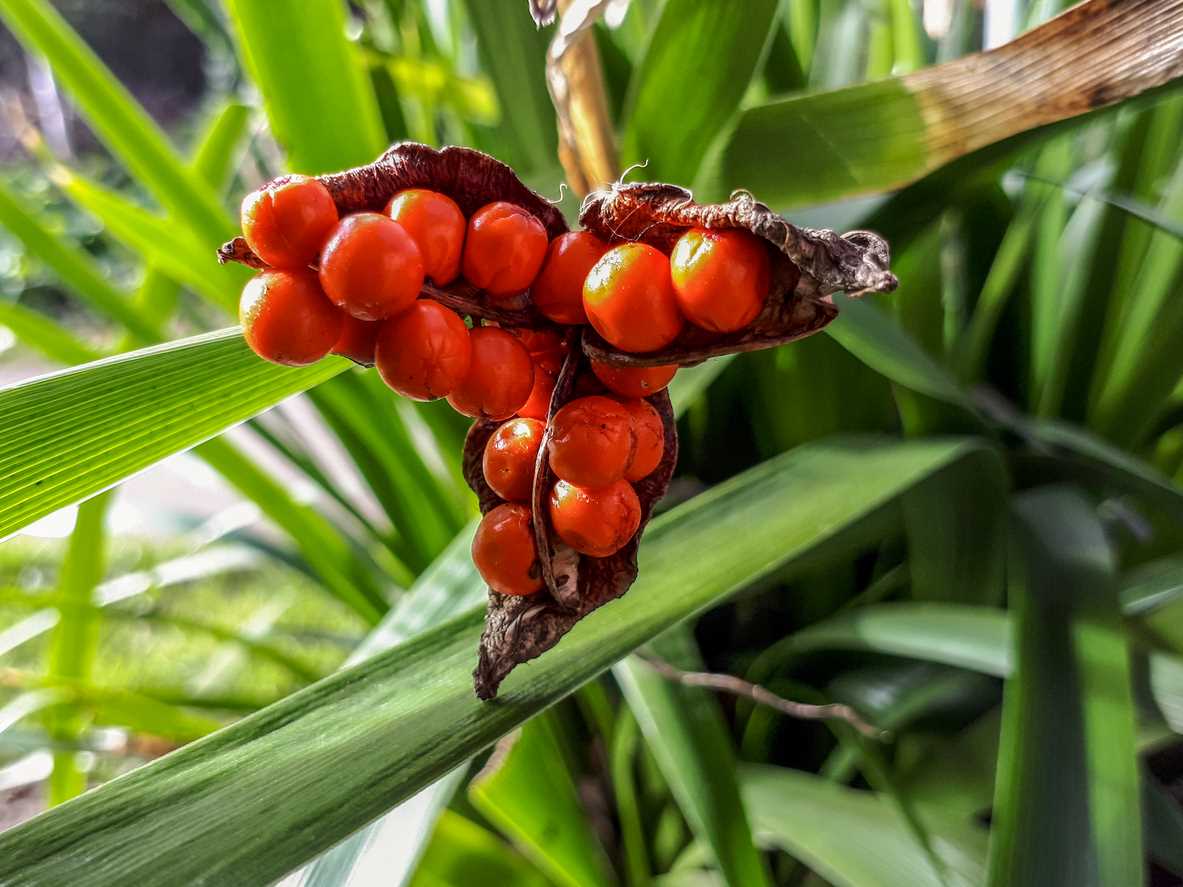
In the Iridaceae family, among the different irises that exist, we find the foul iris also called “gigot iris”. This plant with evergreen foliage grows, preferably, in the shade in dry soil.
From the end of spring, small pale blue flowers emerge from the foliage, followed, in autumn, by small, very decorative orange-red balls. This iris gets its name from the unpleasant smell it gives off if you crush its leaves. In short, leave him alone and he won’t bother us.
Serpentine

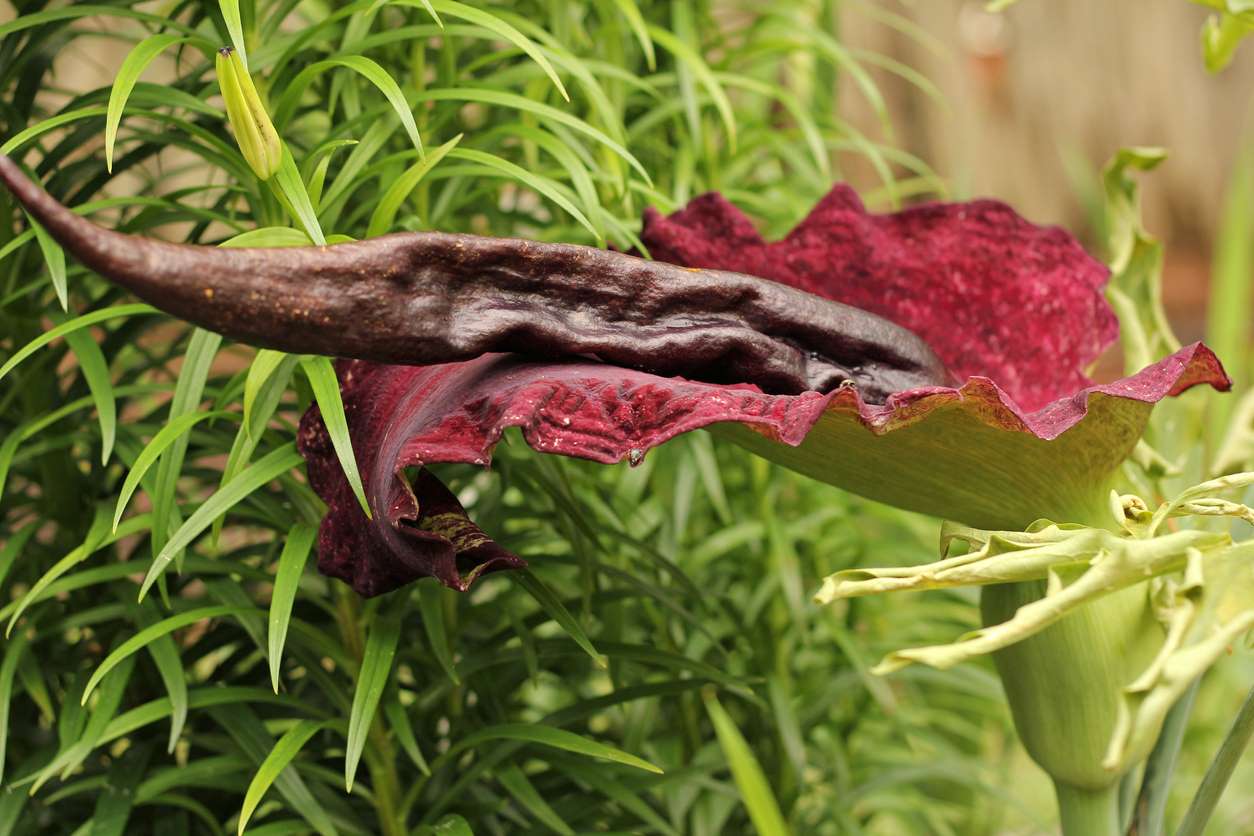
Related to arums, this spectacular rhizomatous perennial plant, which is also called “arum dragon”also relies on a carrion smell to attract its pollinators.
Its inflorescence in the form of a spathe which can measure up to 50 cm is burgundy on the inside and green on the outside. At the center of its enormous spathe, a prominent spadix of an even darker color emerges. This phenomenon occurs at night and generally causes a rise in heat. In summer, the plant goes dormant and its foliage disappears until the following spring. The snake plant is very easy to grow in the sun in Mediterranean gardens.
Fetid lamb’s-quarters
Since this annual plant is also called “goat grass”, “stinking canary grass”, etc., you probably suspect that its smell is not the most pleasant. And for good reason, it evokes rotten fish. This annual plant is not of particular interest to the garden.
Knotweed

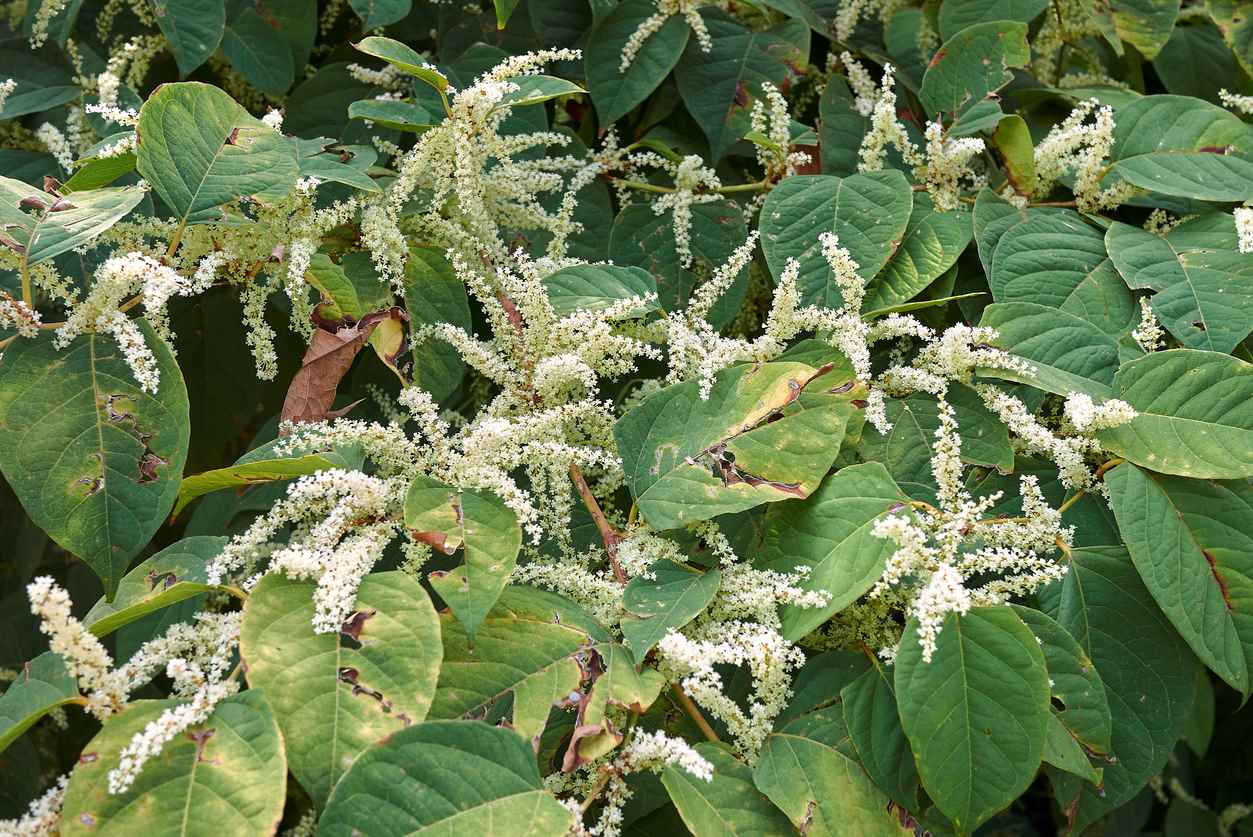
This beautiful hardy perennial plant has the advantage of forming a beautiful lush bush in gardens with heavy, cool or wet soil. You can, for example, install it at the back of a flower bed where it will cause a sensation with its pure white branched spikes and where you will be less bothered by its ammonia-like scent reminiscent of cat urine.
Cat germander

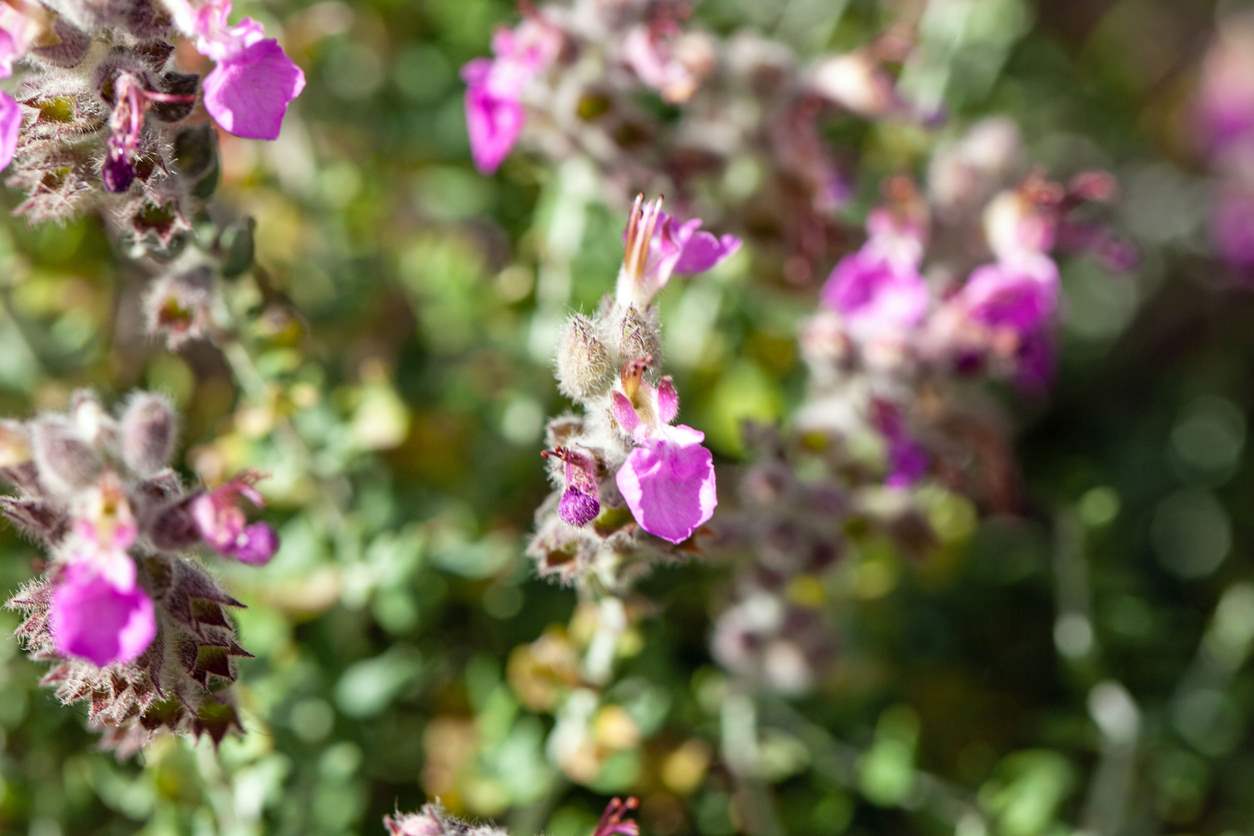
This very rustic aromatic plant has the particularity of being very appreciated by cats because of its strong smell of mustard and ether which you can smell if you crush the leaves between your fingers. This subshrub is perfectly adapted to drought and is characterized by silver-gray evergreen foliagedecorated with a purple flowering.
Bunge Clerodendron


This superb shrub unfortunately falls into the category of plants with a foul odor because of its foliage. In fact, if you crumple it, it gives off an unpleasant smell of burnt rubber. That aside, this shrub will delight you with its flowering in bright pink stars between August and October.
The latter, for their part, have a pleasant scent. It can thus find its place in your garden, despite its small fault that its beautiful purple foliage will quickly encourage you to forgive it.

